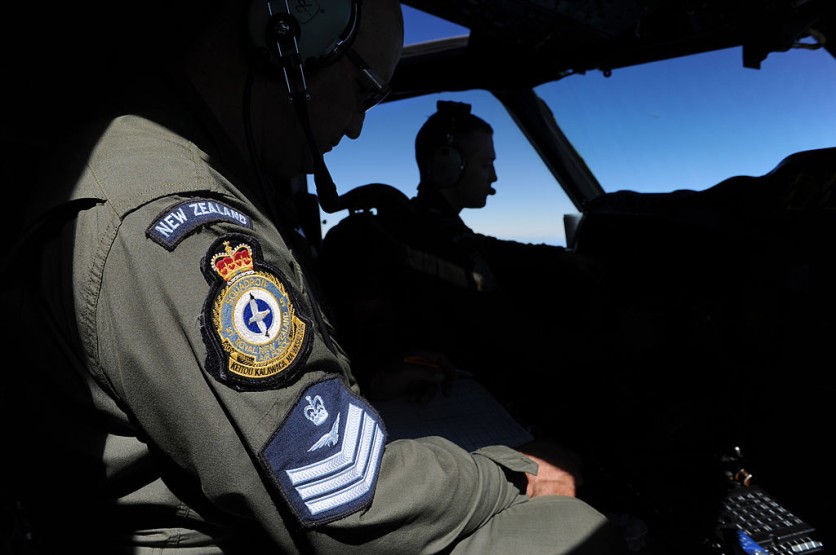Underwater signals captured by hydrophones could prove instrumental in locating airplanes like MH370 following oceanic crashes, as research conducted at Cardiff University revealed.
The study, emerging a decade after MH370's vanishing act, scrutinized over 100 hours of data gleaned from hydrophones after ten historical aircraft accidents and a submarine disappearance.
These findings present a roadmap for future investigations into the last known whereabouts of aircraft like MH370 and establish a framework for addressing similar incidents in the future.

How Oceanic Crashes Can Help Finding MH370
The researchers note that oceanic crashes, such as airplane crashes, create unique acoustic signatures that traverse extensive distances through water. Subsequently, these signatures are captured by hydrophone technology located across seabeds worldwide.
Dr. Usama Kadri, a Reader at Cardiff University's School of Mathematics, underscored the significance of these findings, stating that distinct pressure signals from previous aircraft crashes were captured on hydrophones, even at distances surpassing 3,000km.
Dr. Kadri emphasized the necessity for further analysis and future research to better understand the recorded signals and their potential impacts on MH370's disappearance, especially considering that official investigations concluded the aircraft likely crashed near the 7th arc.
The study advocates conducting field experiments involving controlled explosions or airguns along the 7th arc while tracking the signals from surrounding hydroacoustic stations.
According to the study, these experiments, mirroring the energy levels akin to the impact of MH370, could provide crucial insights into the missing aircraft's location and serve as a valuable tool for authorities in identifying potential crash sites in the future.
Dr. Kadri pointed out that similar exercises were undertaken during the search and rescue mission for the ARA San Juan. This submarine went missing off the coast of Argentina in 2017.
The researcher claimed that this precedent demonstrates the feasibility of such experiments and their potential utility in determining the relevance of signals to MH370 before embarking on another extensive search mission.
The Mysterious Disappearance of MH370
The disappearance of MH370 on 8th March 2014, en route from Kuala Lumpur to Beijing, spurred this research, raising pertinent questions about the detectability of aircraft crashes in the ocean and the viability of hydroacoustic technology in aiding search and rescue endeavors.
Despite exhaustive multinational search endeavors, the fate of MH370 and the 239 individuals on board remains shrouded in uncertainty.
The study primarily revolved around hydrophone data from the Southern Indian Ocean during the aircraft's final leg, seeking signals generated near the 7th arc in alignment with official search recommendations.
Additionally, data about the aircraft's disappearance stage around its last communication in the Gulf of Thailand was scrutinized for strange signals, albeit yielding no conclusive findings.
Dr. Kadri underscored that while the research hasn't unearthed definitive signals necessitating a new search for MH370, following the study's recommendations could potentially shed light on the aircraft's location if the observed signals are deemed relevant.
"The disappearance of MH370 motivated this work because it raised questions about the detectability of aircraft crashes in the ocean and the potential use of hydroacoustic technology to aid in search and rescue efforts. Unfortunately, we've been unable to find a signal with the certainty needed to launch a new search for the missing aircraft," Dr. Kadri said in a press release statement.
"However, if the recommendations are followed by the appropriate authorities, we can assess the relevance of the observed signals, potentially shedding light on the location of MH370."
The findings of the study were published in Scientific Reports.
Related Article : Malaysia Airlines: First Major Airline To Use Satellite Technology To Track Own Fleet

![Apple Watch Series 10 [GPS 42mm]](https://d.techtimes.com/en/full/453899/apple-watch-series-10-gps-42mm.jpg?w=184&h=103&f=9fb3c2ea2db928c663d1d2eadbcb3e52)



